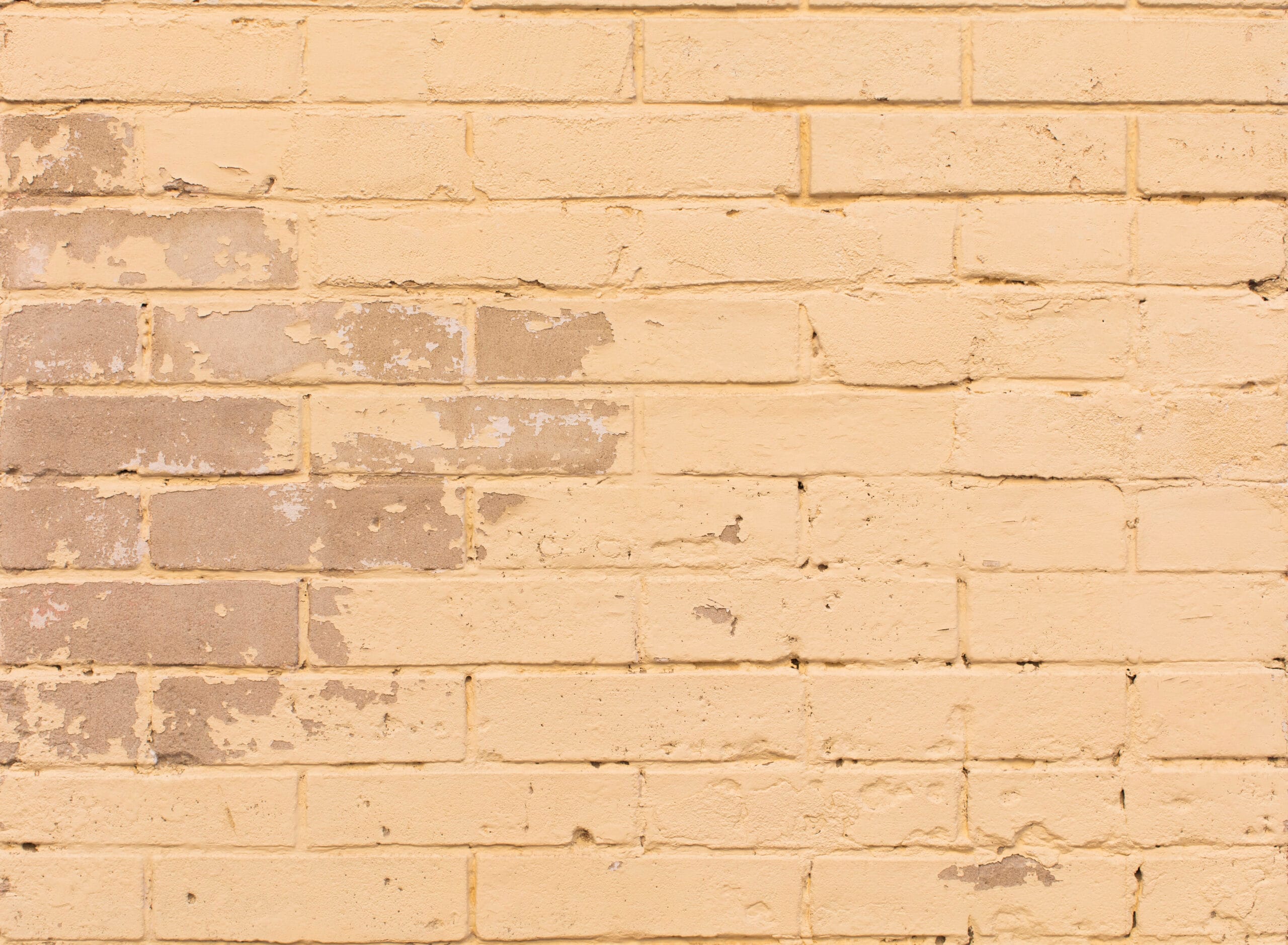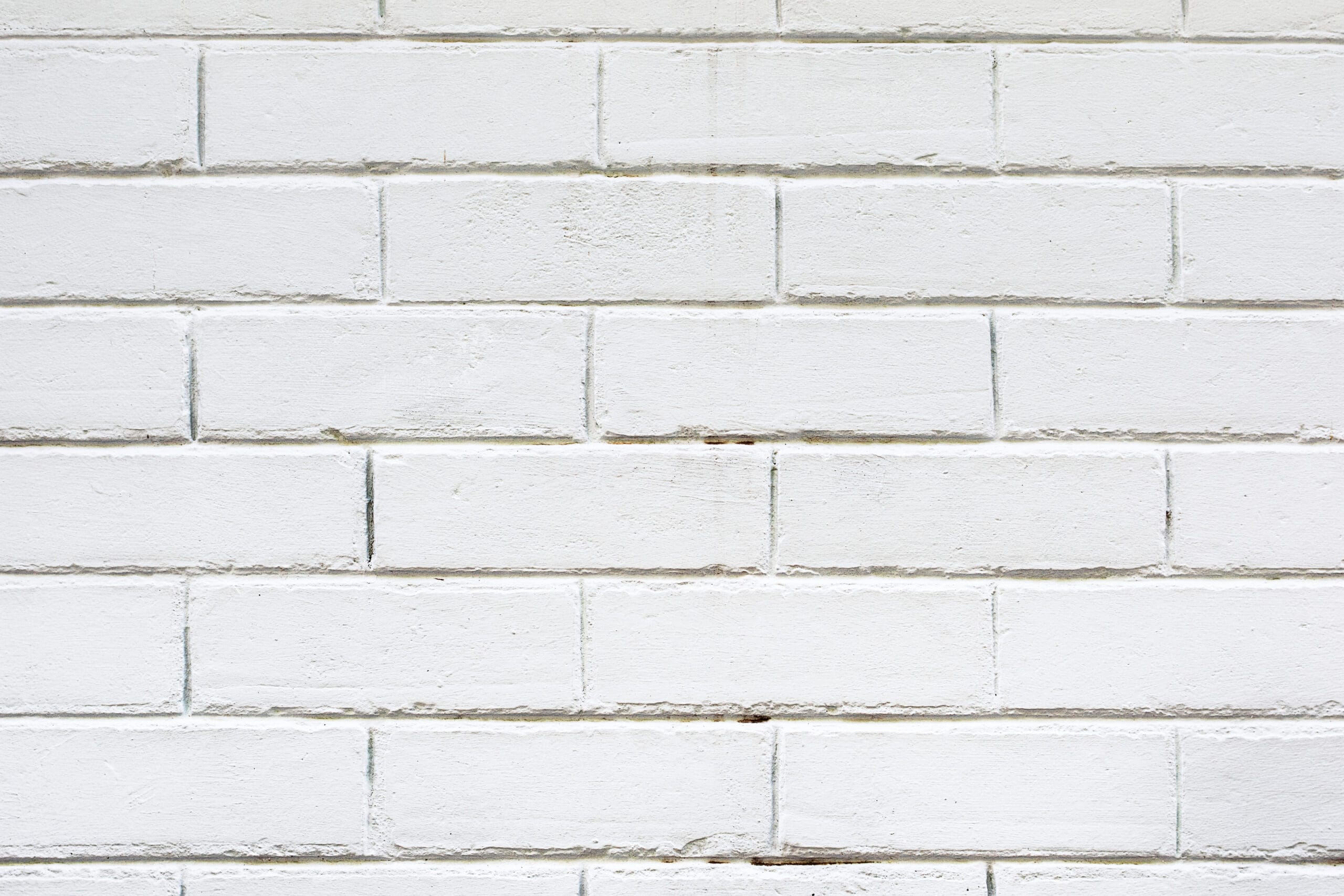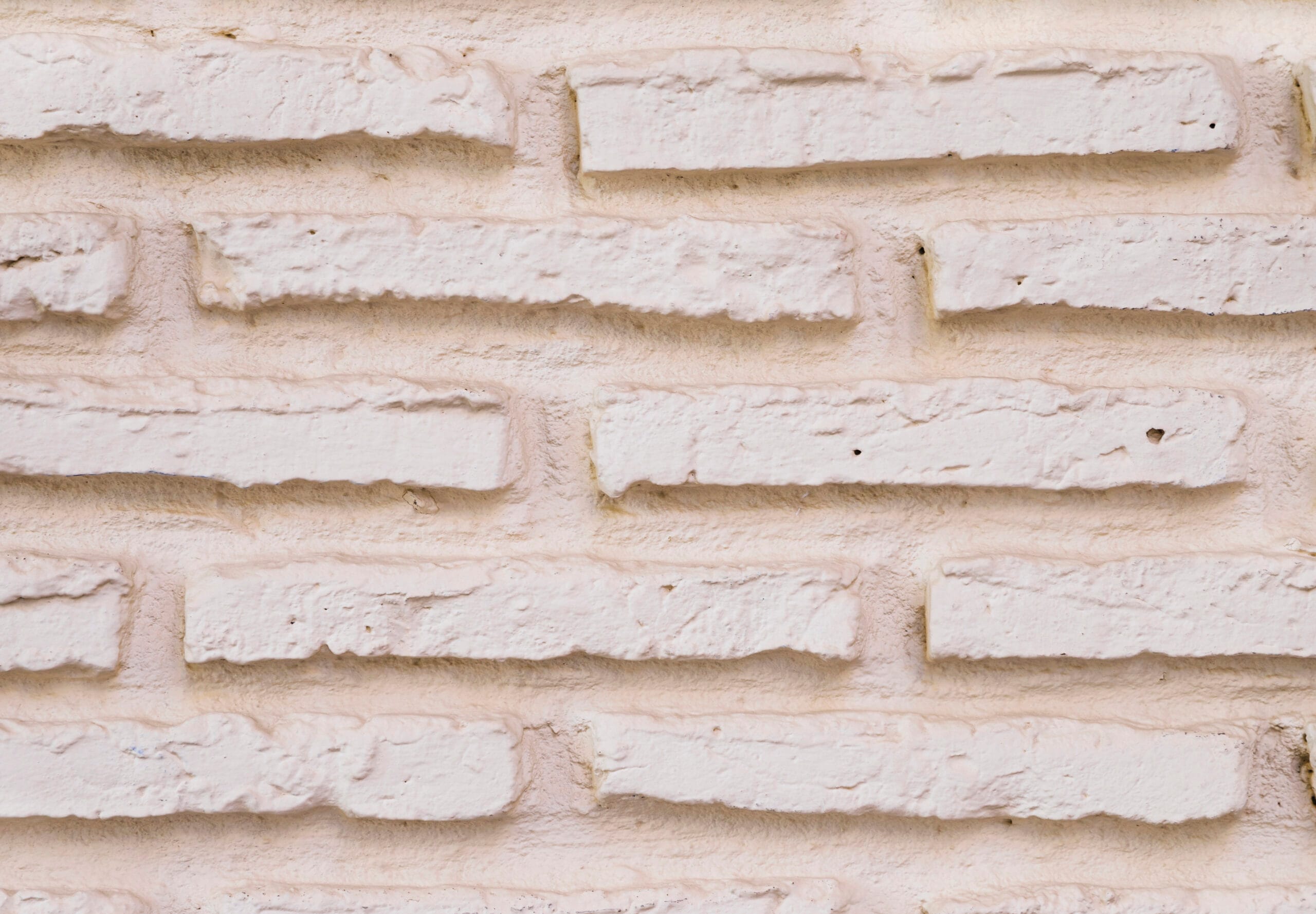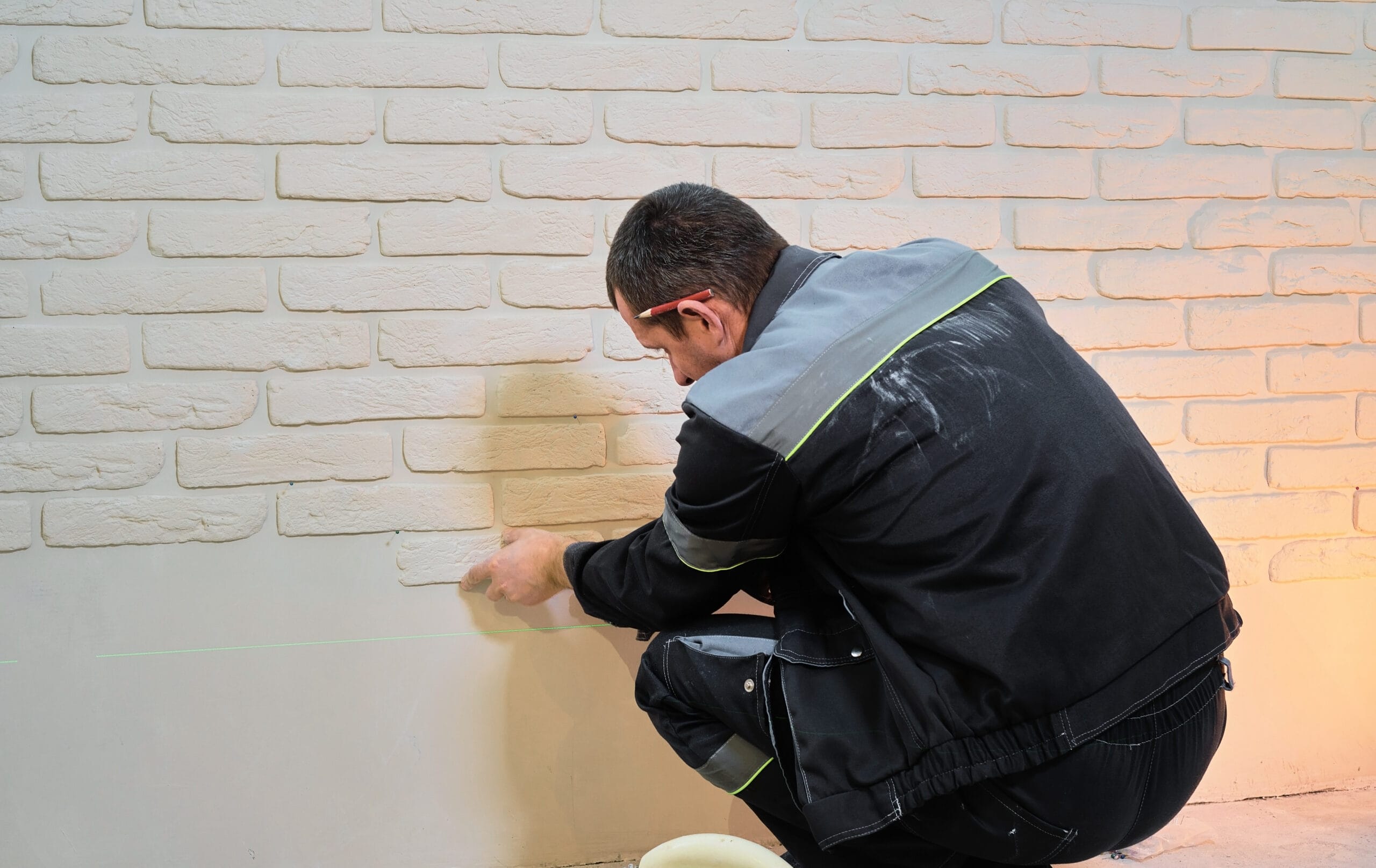
The Best Limewash Brick Colors for Historic Homes in Glastonbury, CT
Glastonbury, CT, is home to some of New England’s most beautiful historic brick houses. Preserving that timeless charm while giving the exterior a fresh, natural look has made limewashing a popular choice among restoration experts and homeowners alike. Unlike paint, limewash enhances the original character of old brick—making it a fitting match for Glastonbury’s colonial and Federal-style homes.
Here are five of the best limewash brick colors to consider for a historic home in Glastonbury.
Table of Contents
Key Takeaways✔ Limewash is a breathable, historically appropriate finish ideal for preserving brick on older homes. ✔ Classic white, warm taupe, soft gray, misty beige, and antique cream are top limewash brick colors for historic homes. ✔ Limewash enhances texture and patina, unlike paint, which seals and can damage old brick. ✔ A lime washed brick house ages naturally and requires minimal maintenance over time. ✔ Yes, you can limewash over painted brick with proper prep and a mineral-based primer. ✔ Working with professionals ensures correct application and long-term durability, especially on historic properties. ✔ Limewash brick vs paint is about longevity, breathability, and preserving the character of original masonry. |

5 Best Limewash Brick Colors for Glastonbury Historic Homes
1. Classic White
Classic white is a timeless limewash brick color that works especially well on Glastonbury’s colonial-era homes. It softens bold brick tones without hiding the home’s original texture. This shade brightens the facade while maintaining a historic, lived-in feel.
Why Classic White Works So Well on Historic Brick Homes
- Softens Red Brick Without Erasing History: Many historic homes in Glastonbury were built with bold red brick. Classic white limewash mutes the intensity just enough to highlight architectural details without covering them up.
- Pairs Beautifully With Dark Trim and Ironwork: White limewash creates a striking contrast against black shutters, wrought-iron railings, and dark wood trim often found on colonial and Federal-style homes. The contrast enhances curb appeal while keeping the overall palette refined and period-appropriate.
- Fades Gracefully Over Time: Unlike paint, classic white limewash ages naturally, developing a patina that fits the historic aesthetic. This weathered look allows a lime washed brick house to tell its story through texture and tone, rather than a uniform coat of color.
2. Warm Taupe
Warm taupe is a subtle, earthy limewash brick color that blends seamlessly with aged brick and mature landscapes. It brings quiet elegance without stripping away the character of older homes. Taupe works especially well on brickwork with orange or brown undertones.
How Warm Taupe Enhances Aged Brick Exteriors
- Compliments Natural Surroundings: Glastonbury’s historic neighborhoods often feature tall trees, stone walls, and shaded streets. A warm taupe limewash allows a home to sit gently within its natural surroundings without appearing washed out or overly bright.
- Adds Depth Without Harsh Contrast: Taupe softens rough, weathered brick without covering its history. This makes it ideal for homeowners looking to achieve a cohesive look that doesn’t feel artificial or too modern, preserving the feel of a true lime washed brick house.
- Hides Imperfections Gracefully: Older bricks often show signs of wear like chips, cracks, or discoloration. Taupe limewash helps mask these flaws while still letting the original texture peek through—a key difference when comparing limewash brick vs paint.
3. Soft Gray
Soft gray is an elegant choice that works well for updating historic homes while maintaining their timeless charm. It brings a slightly cooler tone to the exterior, adding sophistication without looking too contemporary. This limewash brick color works best on homes with stone accents or slate roofs.
Why Soft Gray Brings Elegance to Historic Brickwork
- Coordinates With Traditional Roofing Materials: Many historic homes feature slate, tin, or aged wood shingles. A soft gray limewash creates harmony between the brick facade and these darker roofing materials, giving the home a well-balanced appearance.
- Highlights Architectural Details With Subtlety: Arched windows, keystones, and lintels pop more against a muted gray backdrop. This soft shade enhances these elements without drawing too much attention, allowing the structure to speak for itself.
- Offers a Cooler Alternative to Cream or White: For those unsure about a bright white finish, soft gray provides a more understated palette. It offers the same breathability and texture as any other limewashed brick house, but with a slightly more modern twist that still respects tradition.

4. Misty Beige
Misty beige is a pale, slightly golden shade that brings warmth to weathered brick while keeping things neutral. It is particularly striking on homes that catch afternoon light or sit among trees that cast soft shadows. This color brings out the age and charm of a home without overpowering it.
How Misty Beige Brightens Historic Facades Naturally
- Creates a Gentle Glow in Shaded Lots: Historic homes set back from the road or nestled under tree canopies often appear darker. Misty beige limewash brightens these facades subtly, allowing brick textures to remain visible while reflecting just enough sunlight.
- Pairs Well With Stone Foundations and Chimneys: Many older homes in Glastonbury feature stone bases or chimneys alongside brick facades. Beige helps unify these mixed materials, giving the limewash brick colors a cohesive look across the entire structure.
- Balances Light and Shadow for Texture: The slight warmth in misty beige helps catch both natural and artificial light in a flattering way. Unlike paint, which flattens surfaces, limewash highlights the variation in old brick, and this particular color adds depth without looking too stark.
5. Antique Cream
Antique cream is a soft, off-white shade with a touch of yellow that gives a home a gently aged look. It feels inviting and nostalgic, making it perfect for homes with original doors, shutters, and porches. This shade works particularly well for early 19th-century brick homes.
Why Antique Cream Complements Period Architecture
- Enhances the Look of Aged Woodwork: Antique cream brings out the warmth in older wooden doors, window casings, and porches. When used on a lime washed brick house, it creates a unified, aged appearance that feels both polished and lived-in.
- Softens Harsh Brick Colors Without Erasing Detail: Bright red or dark orange bricks can feel overwhelming on older homes. Antique cream limewash tones down these colors gently while keeping the unique characteristics of each brick visible—a key benefit in the limewash brick vs paint debate.
- Captures the Spirit of Early American Design: This color is historically consistent with early American architecture, where natural materials and earth tones dominated. It offers authenticity while still delivering the protective and breathable benefits of all quality limewash brick colors.
How to Apply Limewash to Brick on a Historic Home
Applying limewash to a historic home requires more care than modern exteriors, as older bricks are typically softer, more porous, and irreplaceable—making proper technique essential to preserve the structure’s integrity.
Given that the cost to limewash interior walls often ranges from $1,000 to $2,900, approaching the process with respect for both the materials and the home’s history ensures that the investment enhances, rather than harms, its timeless character.
1. Inspect and Clean the Brick Surface Thoroughly
Before starting, it’s essential to inspect for cracks, moisture damage, or crumbling mortar. Historic homes often have soft or handmade bricks that need gentle cleaning—usually with a soft-bristle brush and water. Harsh chemicals or power washing can damage the brick and affect how well the limewash adheres.
2. Choose the Right Limewash Product for Older Brick
Limewash products vary in composition; for historic homes, natural lime-based formulations are best. These allow the brick to breathe, unlike synthetic coatings that can trap moisture and cause long-term damage. A breathable finish is one of the defining benefits in the limewash brick vs paint debate.
3. Mix the Limewash to the Proper Ratio
Limewash is typically made by mixing hydrated lime with water at a 1:1 or 1:2 ratio, depending on the desired opacity. The mixture should be creamy—not too thin, not too thick—and should be allowed to rest before use. Consistency affects not only the finish but also how well the limewash brick colors age over time.
4. Pre-wet the Brick Before Application
Older bricks absorb moisture quickly, so lightly dampening the wall beforehand ensures even absorption of the limewash. This prevents blotchy results and helps maintain a consistent tone across the surface. It also extends working time, giving professionals more control over the final look of a lime washed brick house.
5. Apply Limewash in Thin, Even Layers
One of the most common mistakes is applying limewash too thickly. Professionals use wide masonry brushes to work in thin coats, allowing each layer to dry fully before adding another. This method enhances texture and allows the limewash brick colors to settle into the natural pores of the brick.
6. Let the Finish Cure and Reassess After Drying
Limewash changes as it dries and cures, often appearing much lighter or more translucent after 24–48 hours. Historic brick may absorb the limewash unevenly, and touch-ups might be needed to balance the finish. A professional can guide adjustments and ensure the lime washed brick house maintains its original charm without compromising the material’s integrity.
Why Antique Cream Complements Period Architecture
- Enhances the Look of Aged Woodwork: Antique cream brings out the warmth in older wooden doors, window casings, and porches. When used on a lime washed brick house, it creates a unified, aged appearance that feels both polished and lived-in.
- Softens Harsh Brick Colors Without Erasing Detail: Bright red or dark orange bricks can feel overwhelming on older homes. Antique cream limewash tones down these colors gently while keeping the unique characteristics of each brick visible—a key benefit in the limewash brick vs paint debate.
- Captures the Spirit of Early American Design: This color is historically consistent with early American architecture, where natural materials and earth tones dominated. It offers authenticity while still delivering the protective and breathable benefits of all quality limewash brick colors.
Can You Limewash Over Painted Brick? What to Know Before Starting
One of the most common questions when restoring older homes is: can you limewash over painted brick? The answer is yes—if you use the right prep and materials. Since 9 out of 10 homeowners are willing to take on home renovation projects, it’s no surprise that limewashing, even over painted surfaces, has become a popular way to refresh and preserve character.
1. Understand the Condition of the Existing Paint
Before anything else, assess whether the paint is stable or peeling. Limewash needs a solid surface to adhere to, so flaking, cracked, or chalky paint will cause adhesion problems. A professional can determine if the existing surface needs complete removal or just prep and priming.
2. Clean the Brick Surface Thoroughly
Painted brick collects dirt and grime more easily than raw surfaces, and this must be cleaned before any new product goes on. A gentle detergent and soft brush will usually do the trick—pressure washing should be avoided, especially on historic homes. A clean surface helps the limewash bond more evenly, preventing streaks and blotches.
3. Use a Mineral-Based Primer if Needed
If the brick is fully sealed with paint, limewash will not absorb like it does on bare masonry. In this case, a mineral-based primer designed for limewash creates a breathable base layer. This step is essential in transforming a painted wall into a surface suitable for a lime washed brick house.
4. Adjust Expectations About Texture and Absorption
Limewash behaves differently on painted brick—it won’t sink into the surface the same way. The result is often more of a surface coating than the soft, chalky texture seen on raw brick. That’s why understanding the difference between limewash brick vs paint is key to getting the finish right.
5. Plan for More Frequent Touch-Ups
Limewash over painted brick may wear unevenly over time, especially if the underlying paint begins to break down. Moisture, sun exposure, and freeze-thaw cycles can accelerate wear. Working with professionals ensures that touch-up plans are built into the long-term care of the limewashed brick house.
6. Test a Small Area First
Always test limewash in a low-visibility section before committing to the whole exterior. Painted surfaces vary widely in texture and sheen, which can affect how the limewash brick colors appear. A patch test lets homeowners and contractors evaluate the final look and make any necessary adjustments.

How to Maintain a Limewashed Brick House Over Time
1. Expect Natural Fading and Embrace Patina
Limewash fades gracefully, creating a time-worn look that fits historic architecture. Unlike paint, it doesn’t peel or crack—instead, it develops a soft patina as it weathers. This natural process is part of what sets limewash brick colors apart from traditional coatings.2. Spot Clean Gently With the Right Tools
Dirt and debris can settle into textured brick over time. To clean, use a soft-bristle brush and water—avoid power washers, which can erode both limewash and brick, especially on older homes. Gentle spot cleaning helps maintain the charm of a lime washed brick house without damaging the surface.3. Plan for Touch-Ups Every 5 to 10 Years
While limewash lasts longer than paint in many cases, minor touch-ups may be needed depending on exposure to sun, rain, and snow. Areas under rooflines and around gutters often require the most attention. Professionals can blend fresh limewash into existing finishes to match the original tone and texture.4. Monitor for Moisture Issues Around the Foundation
Though limewash allows brick to breathe, excessive moisture can still pose risks—especially near the base of older homes. Checking downspouts, grading, and drainage helps avoid staining or erosion along the lower walls. If any damage is spotted, professionals should assess before reapplying limewash brick colors.5. Refresh High-Traffic or High-Exposure Areas
Sections of the home exposed to harsh weather or regular contact, like porches or chimneys, may wear faster. These areas might need limewash reapplication sooner than others to maintain consistency. A professional touch ensures these updates blend well with the rest of the lime washed brick house.6. Keep a Record of Limewash Mixes and Colors Used
Because limewash is mixed by hand, keeping notes on ratios, pigments, and application dates is helpful for future maintenance. This ensures any future touch-up work uses the same limewash brick colors and maintains visual continuity. Professionals often track these details and can assist with ongoing upkeep plans.Frequently Asked Questions
Does limewash protect brick from weather damage?
Yes, limewash provides a breathable layer that helps regulate moisture within the brick while still offering some protection against rain and sun. It doesn’t seal like paint, but it does help reduce surface erosion and mildew buildup. This added protection is one reason many prefer limewash brick colors over synthetic finishes for preserving historic homes.
Can limewash be tinted to custom colors?
Yes, natural pigments can be added to limewash to create custom limewash brick colors that suit individual preferences or match historical palettes. Earth tones, soft greens, and grays are popular for achieving a period-appropriate look. A professional can help mix consistent batches, especially for maintaining the look of a lime washed brick house over time.
Is limewash environmentally friendly?
Limewash is one of the most eco-friendly finishes available—it’s made from natural limestone, water, and mineral pigments. It produces zero harmful VOCs and is biodegradable, making it a sustainable option for historic restoration. For those comparing limewash brick vs paint, this natural composition is a major environmental advantage.
Can limewash be used on interior brick walls?
Yes, limewash is safe and effective for interior brick surfaces, offering the same breathable, matte finish as it does outdoors. It’s often used to soften fireplace surrounds, exposed walls, or historic interior features. Interior applications allow homeowners to experiment with limewash brick colors in more controlled environments.
Does limewash prevent algae or moss from growing on brick?
Limewash has natural antimicrobial properties due to its high pH, which helps prevent algae, moss, and mold growth on brick surfaces. This makes it ideal for damp or shaded areas where organic growth can be a problem. It’s another reason a lime washed brick house requires less frequent cleaning compared to painted brick surfaces.
Refresh Historic Charm with Glastonbury Professionals House Painters
For homeowners looking to enhance the beauty of their historic brick exterior, Glastonbury Professionals House Painters offers expert limewash services tailored to the timeless architecture of Glastonbury, CT. Our team understands the unique needs of older homes and uses the right techniques and materials to preserve brick while bringing out its natural character.
Trust the crew that respects tradition and delivers clean finishes. Contact us today!
